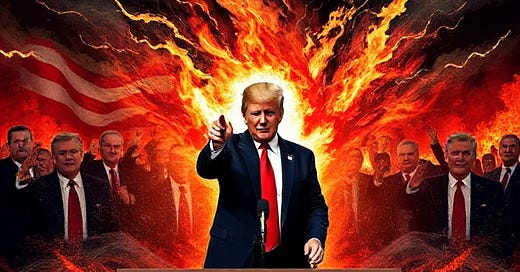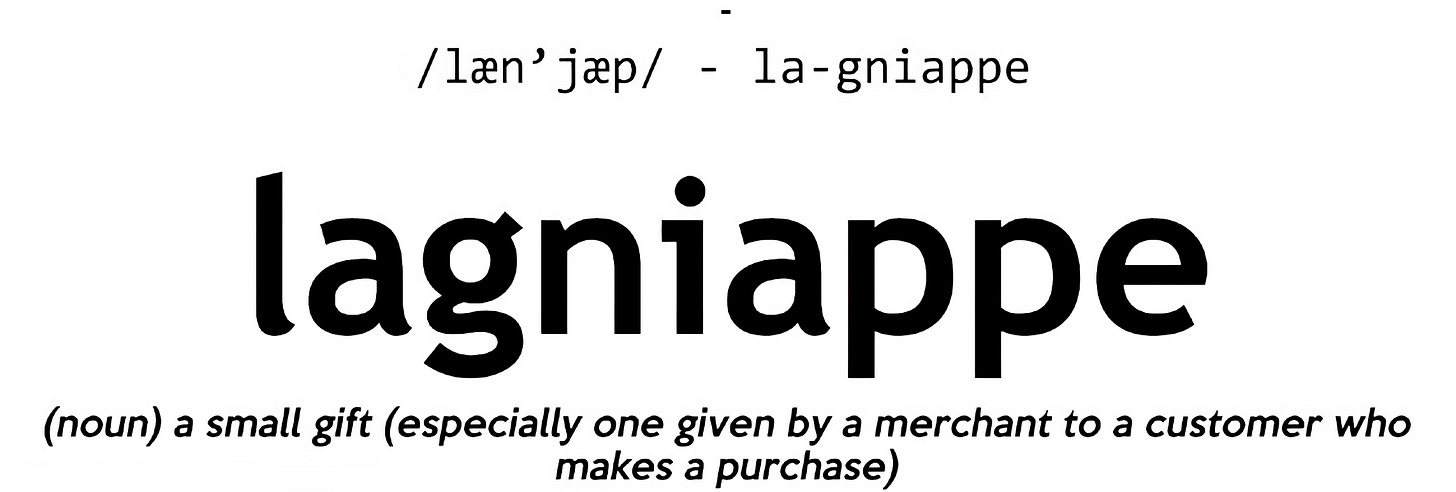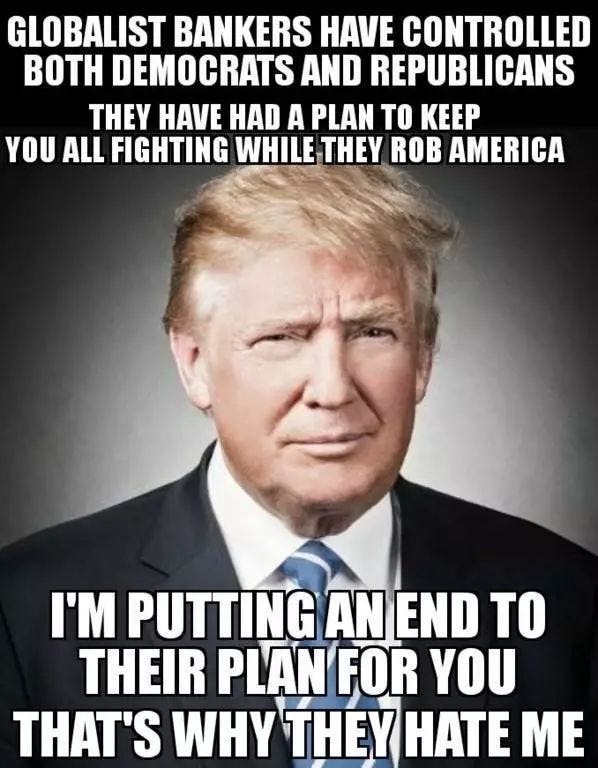Harnessing Chaos: Trump's 2nd Administration Promises Radical Change and Economic Turbulence
From Infamy to Influence.. How Trump's Return to the White House Echoes Prigogine's Theory of Dissipative Structures in Global Politics
In a seismic shift within the corridors of American power, Donald Trump has surged back to the White House more formidable than ever.
Once the disparaged outsider who left Washington amidst controversy and reproach, he now reprises his role with unassailable influence and a clear electoral mandate.
As analysts, politicians, and citizens grapple with this new reality, the atmosphere is charged with both anticipation and dread.
Trump has not only cemented his position through an unequivocal electoral victory but is backed by an unwavering cadre of aides, poised to reshape a political landscape seemingly sculpted in his image. Intra-party dissenters and media skeptics have been silenced or sidelined, leaving behind loyalists eager to bend bureaucracy to his will.
Trump’s return is more than just a political event—it's an embodiment of Ilya Prigogine's Theory of Dissipative Structures.
“In the context of political systems, "dissipative structures theory" suggests that societal order and political structures can emerge spontaneously from a seemingly chaotic state, driven by fluctuations and interactions within the system, much like how complex patterns form in non-equilibrium physical systems… with the key idea being these structures can undergo sudden, significant changes when pushed beyond certain thresholds, leading to potential regime shifts or social transformations.”
As Trump reclaims the global stage, his influence extends beyond conventional political paradigms… acting as a catalytic force within the complex system of geopolitics.
Prigogine's theory posits that systems far from equilibrium can undergo transformations, leading to new structures through chaos and fluctuations. Trump's confrontational approach and his readiness to challenge established norms mirror this transformative power, precipitating geopolitical shifts that ripple worldwide.
However, alongside the celebration among his supporters, controversy is unavoidable.
Trump’s policies, ranging from high tariffs on trade partners to mass deportations and a bold territorial agenda, threaten to inflame inflation and unsettle fragile financial markets. A looming constitutional clash over budgetary powers further reflects his willingness to test the limits of executive authority.
Despite legal tribulations and political adversities, Trump crafts a narrative that resonates with a broad swath of voters disillusioned by traditional party lines.
He’s transcended the typical political archetype, evolving into a phenomenon warmly embraced by young voters and Hispanic demographics. These groups, often overlooking past felony convictions, are drawn to his promises of strength and resurgence.
Amidst this chaos lies the potential for unprecedented realignments, as Trump's appeal reaches into younger constituencies and minority groups traditionally outside his sphere. This signals the emergence of fresh coalitions from what once seemed disordered.
Like a dissipative structure… Trump’s influence expands by embracing volatility, ultimately fostering new global equilibriums.
Central to his administration's second coming is an atmosphere of unpredictability.
Trump's strategies defy linear expectations, opting for dynamic upheaval that destabilizes traditional alliances and fosters opportunities for new political formations. Economic policies—marked by steep tariffs and potential fiscal confrontations—introduce turbulence in global markets, necessitating rapid adaptation by countries and corporations to the emerging order.
Just as dissipative structures harness environmental energy to sustain new forms, Trump’s influence expands by embracing volatility, leading to new global equilibriums.
Trump's surprising alliances with economic magnates like Elon Musk, Mark Zuckerberg, and Jeff Bezos signify a complex interplay between technology and governance.
His synergies with these Silicon Valley titans reflect a melding of technological innovation and political dynamism. As these tech leaders vie for Trump's attention and endorsement, an undercurrent of apprehension exists about this emerging political-technological dynamic and the digital age's vast energy reserves to potentially reshape governance.
Amidst all this prospective chaos lies the potential for unprecedented realignments.
In this era of Trump-induced flux, the world witnesses an unfolding experiment in political theory, where boundaries between chaos and order blur, and old certainties dissolve into new possibilities.
As with any transformative process, the outcomes remain uncertain…
Trump’s bold strategies could foster resilience and adaptive growth for nations ready to innovate—or they could strain systems unprepared for such turbulence.
Ultimately, in the Trump era, change is the only constant.
The dynamics of dissipative structures provide a lens to view his unparalleled impact on global politics—a testament to chaos's power as a precursor to transformation.
As Trump has taken the oath once more, the world stands at a critical juncture, where destabilization and reformation interplay, potentially defining the century ahead. Global observers watch with bated breath as his tenure promises not only an unpredictable American future but also emboldened geopolitical fluidity that could redefine international alliances and rivalries.
Trump, who began as a political aberration, may indeed become the defining force of the century’s political landscape.
As he forges ahead, one question lingers: Will his vision herald growth and resilience, or will it usher in conflict and division?







